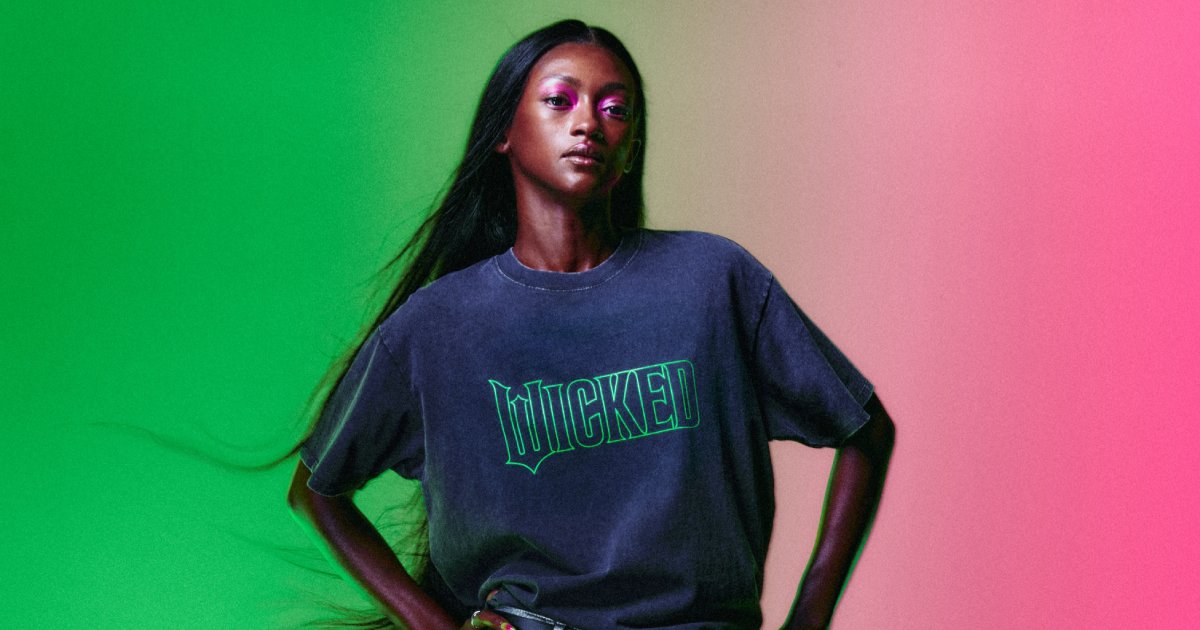Licensing Was in Fashion in 2024

By Mark Seavy
Micro trends, nostalgia, and collaborations were a good fit for fashion licensing this year. As the industry makes plans for 2025, we’re taking a look back at some of the most significant fashion stories from the past 12 months.
Tiny Trends
Thanks to the rise of TikTok influencers, trends came and went faster than ever this year. From “office siren” to “mob wife,” the trend cycle on social media continued to shrink as consumers’ attention was stretched even further.
And this increase in influencers changed the way apparel brands connected with their customers. While they previously focused on celebrities and mega-influencers, many brands turned in 2024 to those with smaller followings.
These so-called micro (10,000–100,000 followers) and nano (1,000–10,000 followers) influencers tend to be seen as more genuine and relatable, giving brands an aura of authenticity that’s increasing key for younger consumers making buying decisions.
Banana Republic, for example, worked with Sheryl Luke and her @walkinwonderland Instagram account (476,000 followers) on a summer outfit culled from the retailer’s merchandise mix. Levi’s, meanwhile, enlisted R&B singer and songwriter Thuy Thi Thu Tran and her @thuymusic Instagram account (368,000 followers) on an apparel collection.
Echoes of Entertainment
Major entertainment moments inspired everything from beauty looks to apparel launches this year.
Target, for example, launched Oz-themed in-store shops in November timed with the premiere of the Wicked film. It also enlisted the film’s costume designer Paul Tazewell to create black-striped cardigans inspired by “Shiz University” uniforms and “W” sweaters alongside children’s graphics t-shirts, dresses, and “Sky is the Limit” hoodies.
H&M, meanwhile, introduced a 12-piece DTR collection that included sweaters, t-shirts, and a black dress with spaghetti straps. These efforts were matched by the U.K. brand Cambridge Satchel, which fielded a 23-piece bag and accessories range inspired the film’s themes as well as the Elphaba and Glinda characters.
In the world of music, Beyoncé brought western influences to her Cowboy Carter album and inspired an array of fashion offerings that stretched from diamond-encrusted cowboy hats and t-shirts to a streetwear take from designer Yoon Ahn’s Ambush brand. The theme was further strengthened by multi-hyphenate Pharrell Williams, who relied heavily on western themes for his Louis Vuitton menswear show.
New Nostalgia
Nostalgia continued to fuel fashion trends this year. Bell bottoms made a comeback, for example, along with ‘70s brands like Jordache, Gloria Vanderbilt, and Sergio Valente. Consumers’ desire for vintage (or vintage-inspired) clothing was further fueled by a desire to be more sustainable, especially among Gen Z and Gen Alpha shoppers.
These offerings were led by designer Stella McCartney’s high-profile partnership with Adidas to develop a running shoe (Ultraboost x Parley) that was made from upcycled plastic waste collected from oceans. The line also included sportswear created from recycled polyester, organic cotton, and eco-friendly dyes. And Levi’s developed 511 slim-fit jeans with circular fashion brand Outerworn that are made from organic cotton using water-saving techniques and new dyeing processes.
“In fashion, much as it is in just about every other category, it is increasingly about storytelling. Collaborations or sustainability give brands yet another way to tell that story,” a fashion licensing executive said. “These are trends that aren’t going away any time soon and will remain an important part of consumer buying decisions for years to come.”




